Content
All instructions for keeping chinchillas mention that it is necessary to provide the animal with the opportunity to swim at least 2 times a week. But if a person at the word "bathing" immediately has an association with a shower, bath or pond, then chinchillas are not.
The inhabitant of highlands, located above the level of clouds, is poorly adapted to swimming in water. The thick fur of chinchillas absorbs water well, becoming very heavy. After bathing, the fur does not dry well, since air does not circulate between the hairs.
Living in a dry climate with relatively the same temperature throughout the year has led to the fact that the chinchilla lacks sweat glands that regulate heat transfer in heat and the ability of the fur to wick off moisture. And the thick fur, which helps the rodent to maintain a constant body temperature in any season of the year, does not dry at all and, when wet, begins to rot.
Taking into account the conditions of the wild life of rodents, there can be only one answer to the question of whether it is possible to bathe a chinchilla in water: no. But with a caveat.
This is the only option: due to severe diarrhea, the animal turned into a lump of manure. You will have to wash the animal with warm clean water. Do not use any detergents. Special shampoos for chinchillas have not been developed, and ordinary shampoos or for other animals can cause skin irritation or even poisoning in a rodent. The shampoo cannot be completely washed off the coat, as the density of the fur interferes.
Water procedures are dangerous for the life of the chinchilla, and, if possible, it is better not to bathe the animal, but to carefully cut the fur. It will grow back quickly. The owner of the rodent carries out the water procedure at his own peril and risk with great chances of losing the pet as a result of hypothermia or a fungal disease.
If you still had to bathe the chinchilla in water, it will have to be thoroughly dried and warmed. The best option for such drying is in the owner's bosom. Because of the density, the fur of chinchillas dries for a very long time. This means that the owner must be prepared to serve as a living heating pad for a long time.
But unless absolutely necessary, it is better not to experiment, not to bathe the chinchilla, but to use special volcanic sand.
Bathing chinchillas
For complete cleaning of the skins, rodents are given special dust baths. Chinchillas are very fond of swimming and can do this procedure every day if given the opportunity.
Owners involuntarily have to limit their pets in pleasures, since the "sand" for bathing chinchillas is called so only for simplicity. Everything is not simple here, and for proper bathing of an animal, you need to carefully approach the choice of such "sand".
How to choose sand
In natural conditions, chinchillas bathe in volcanic dust, therefore the name "sand" when applied to the substance that fills the bathing suit is very arbitrary. In fact, it is dust, which creates additional difficulties for the owners of these adorable animals.
The particles of this sand are too large and sharp. They damage the chinchilla's fur. Even if you sift ordinary sand through a fine sieve, its particles will still remain too sharp. In addition, there are usually a lot of quartz particles in river and sea sand.
When buying lava dust, you need to make sure that it does not shine. Good quality sand / dust for swimming chinchillas should be matte. Gloss means the presence of quartz particles that will damage the coat.
High-quality filler absorbs dust very well. If you drop water into it, the sand should immediately absorb it. The ball, rolled from wet sand, retains its shape after drying.
Talc can be added to the dust for better cleaning of the wool from the grease. And for the prevention of parasites, fodder sulfur is added to the bathing sand. But sulfur is required only if there are cats or dogs in the house. Fleas cannot live on a chinchilla because of the thick fur, but occasionally they move from other domestic animals to the tail of a rodent.
Since the animals bathe very vigorously, and the dust is more like fine flour, it will not be possible to do with a simple pallet. For chinchillas, you need to buy a special bathing suit that prevents the premises from turning into the foot of an extinct volcano. An analogue of a purchased bathing suit can be made independently from improvised means.
Do-it-yourself chinchilla bathing suit
The main property of the swimsuit is to prevent it from scattering on the sides while the animal is spinning in it. Bathing a chinchilla is like the eruption of a dusty geyser.
The simplest version of a bathing suit is an ordinary three-liter jar. Sand is poured into the jar, put it on its side and a chinchilla is launched through the hole. For 15 minutes, they enjoy the dust flying out of the neck, and then they try to remove the animal from the can.
Not the cleanest and most convenient way to bathe your pet. There are more suitable containers. A chinchilla bathing suit can be made from various plastic devices:
- food container;
- a plastic bucket of suitable sizes;
- detergent cans;
- bottles for water from 5 liters.
The least time and effort required is a food container. It is enough to go to the store and buy a container of a suitable size. The video shows a chinchilla bathing in a similar container.
Close the container tightly with a lid and leave the animal there for a long time. But it is possible to protect the apartment from dust with the help of such a container.
Bucket
A large plastic bucket is convenient because it can be used "by the clock" or can be put in a cage as a permanent bathing suit.
- Choose a low but wide bucket.
- A hole is cut in the sidewall of the bucket to the size of the animal, the edges are smoothed with sandpaper. The hole is cut in such a way that the bottom edge with an inverted bucket is 15-20 cm from the floor.
- The bucket is turned over with the lid down and sand is poured into it.
The advantage of a bucket over a can or a bathing suit from a canister is the ability to extract from it a chinchilla that wants to continue bathing without frightening the animal and without damaging it physically. The bucket is carefully turned upside down, the lid is removed and the rodent is taken out.
The disadvantages include the fact that with a large layer of sand there will be as much dust in the room as from a three-liter can.
Canister or bottle
A large water bottle and a plastic canister from detergents practically do not differ in technical characteristics from each other. Swimwear from them is made in one way.
- A hole is cut in one of the walls for the chinchilla. In the case of a canister, this will be one of the wide sides.
- The edges of the hole are also sanded with fine sandpaper.
- The container is placed with the hole up and sand is poured inside.
It remains only to launch a chinchilla into the bathing suit.
Common Cons of All Plastic Swimwear:
- Light weight. The chinchilla can knock them over by jumping in and out of the container.
- Smooth surface. It is difficult for the animal to catch on with its claws to get out of the bathing suit.
- "Edibility" of plastic. The rodent can taste the bathing suit, and the plastic particles in the intestines have not added health to anyone.
Compared to plastic containers, cans have the advantage that they cannot be eaten. The rest of the glass swimwear is inferior.The can can roll on the floor while swimming. The only sustainable option is a rectangular glass jar, but this is not always available. In addition, if the chinchilla manages to break the bank, then there is a risk that the animal will be cut.
Wood
One of the best options would be a homemade wooden bathing suit. But it requires skillful hands. Made from wood that is edible for chinchillas, it has significant advantages over glass or plastic.
- It is easy for a rodent to jump into and out of a bathing suit on a rough tree.
-
The lifting lid makes it easy to change the used sand or to catch the animal in the bathing suit. For the chinchilla, you will have to make a latch that closes the entrance to the bathing suit.Important! The bathing suit is made only from natural wood. Neither plywood nor chipboard will work because of the poisonous adhesives with which they are made.
- Natural wood is heavy enough to prevent the chinchilla from overturning the container while swimming.
- Making a bathing suit is not particularly difficult for someone who has ever made birdhouses. In fact, this is the same box with an inlet.
The disadvantage of a wooden swimsuit is the possibility of eating it by a rodent.
A similar box can be made of tin, but measures will need to be taken to ensure that the animal does not cut its legs. Tin with a seemingly significant thickness is in fact not inferior in sharpness to a razor.
This option is for sewing lovers.
Swimwear sizes
Chinchillas come in two varieties: decorative and industrial. They are the same species, but large skins are beneficial for the fur industry. At the same time, it is more convenient for amateurs to keep a smaller variety in the house. In addition to size, these animals are no different from each other.
It is the type of rodent that determines the size of the swimsuit. The container is selected so that an adult animal fits freely in it and can spin. But you should not make too large a bathing suit, since in this case there will be a very large consumption of expensive sand.
How to bathe a chinchilla in the sand
To bathe a chinchilla in the sand, just run it into the bathing suit. Then the animal will do everything on its own at the level of instincts. Chinchillas are bathed for about 15 minutes, after which the animal is removed from the tray and shaken off.
There are certain rules for this final action. A chinchilla cannot be taken just under the chest so that its hind legs hang in the air. This grip can damage the spine.
The animal is placed on the palm and gently shaken off the sand from one side. Then they are transplanted to the other palm and similarly clean off the remaining sand from the other.
When you can swim after giving birth to a chinchilla
After giving birth, any females have mucous and bloody discharge for some time from the birth canal. Chinchillas are no exception in this regard, and it is believed that it is still impossible to bathe them during this period. Since there are still open wounds in the female's reproductive system, she can become infected while bathing in the sand.
Opinions vary as to when you can let your chinchilla bathe after giving birth. According to some chinchilla breeders, you should wait 1-1.5 weeks. According to others, if the female has stopped estrus, it is possible to bathe the animal on the third or fourth day.
If childbirth was complicated, it is impossible to bathe the female in the presence of inflammation or discharge.
Conclusion
There are very few rules that need to be followed when bathing chinchillas, but those that exist require a very responsible attitude from the owners of these amazing animals.
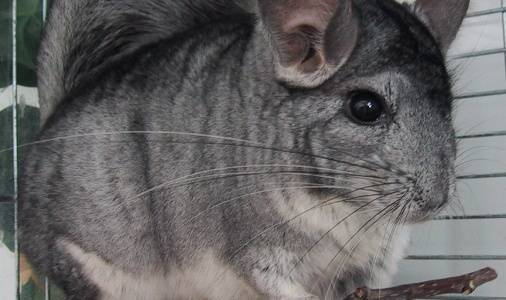

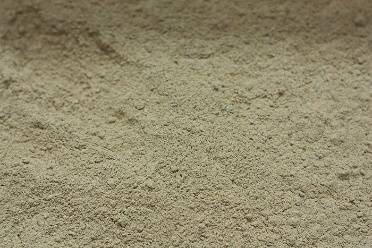
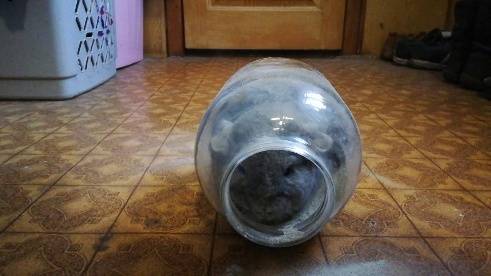
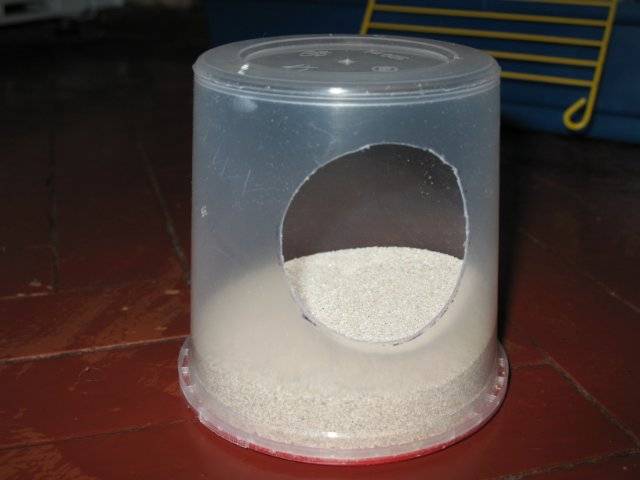
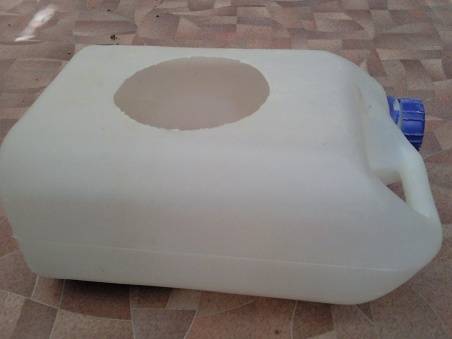
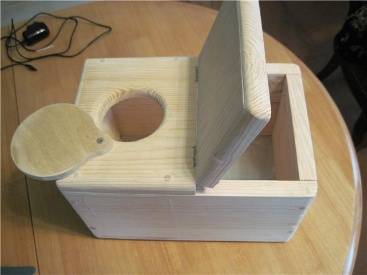
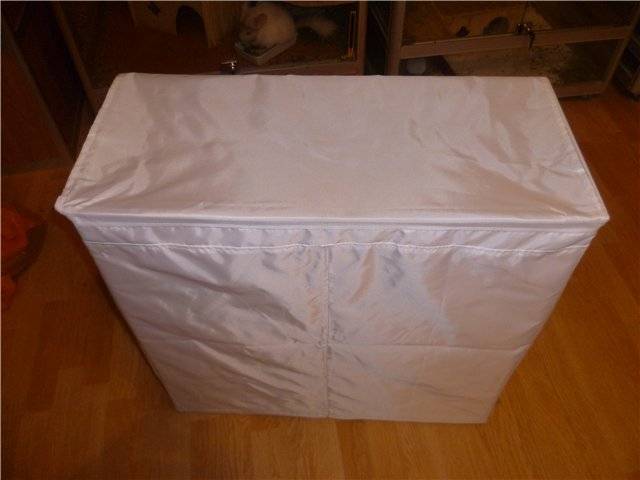

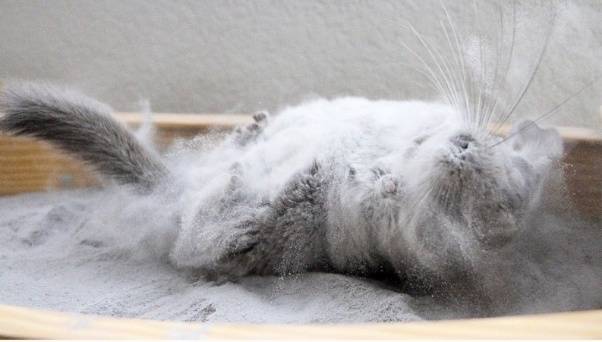
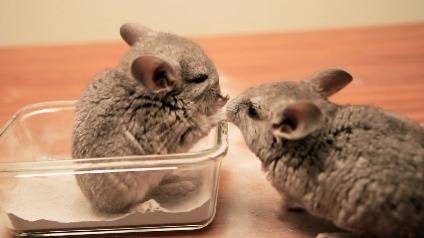









Thank you for your videos about chinchillas. Advise a veterinarian for chinchillas in Odessa. And if you can write de you can order grass leaves for chinchillas. And which of the food is preferable (in Odessa pet stores)